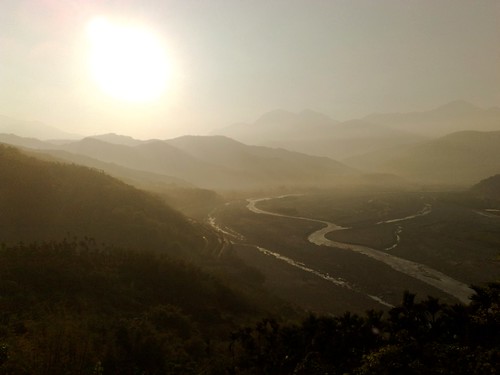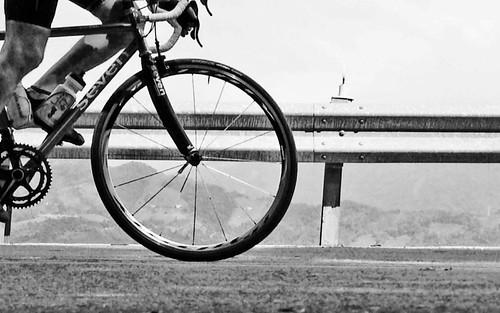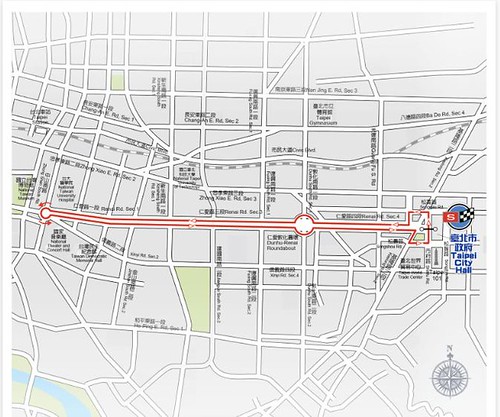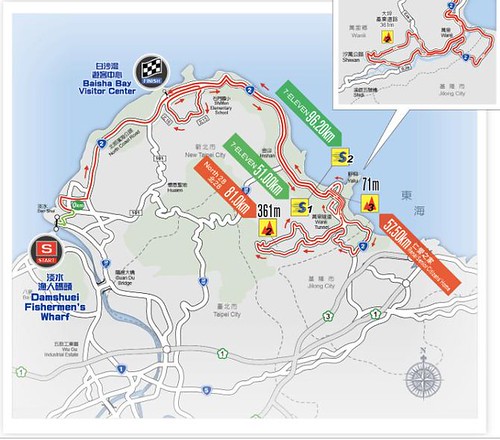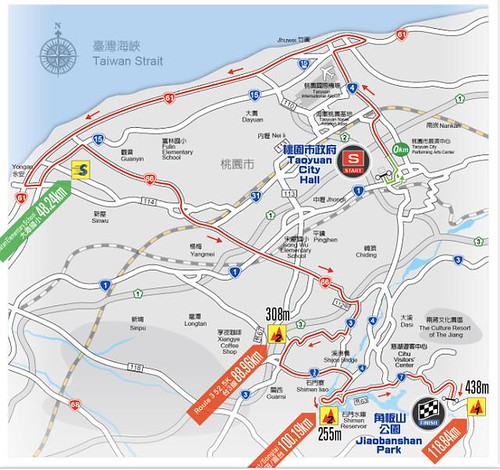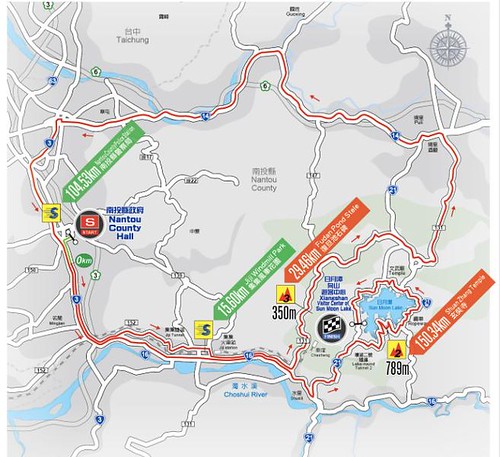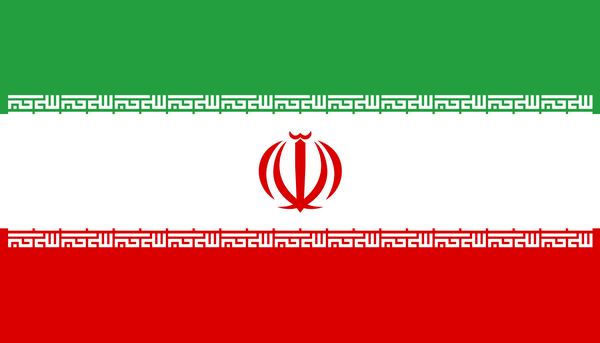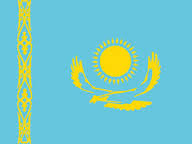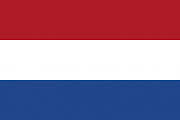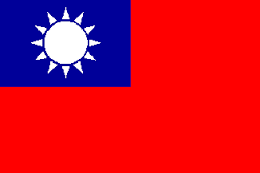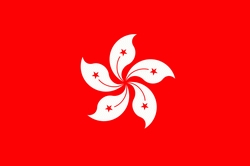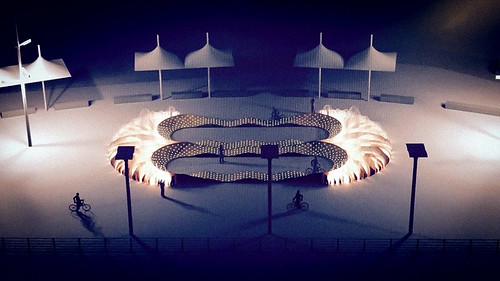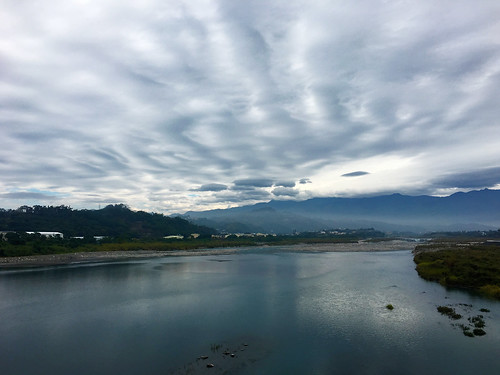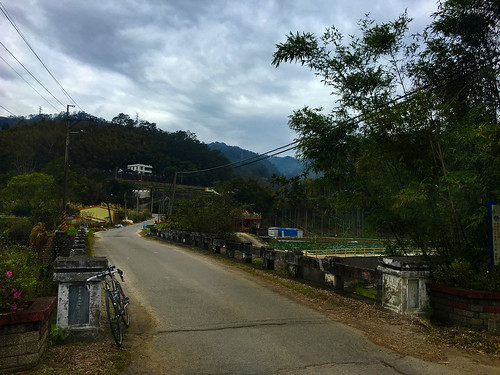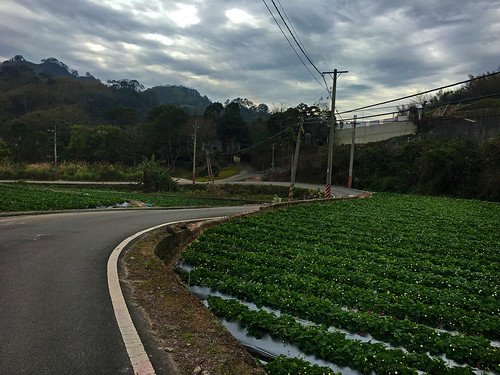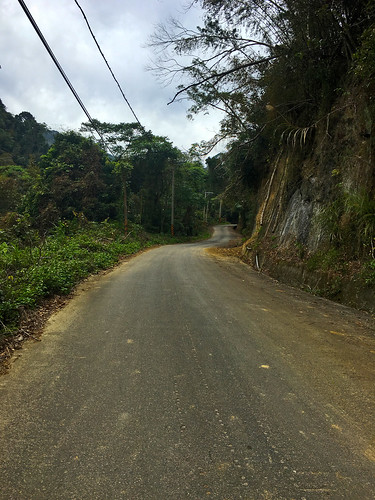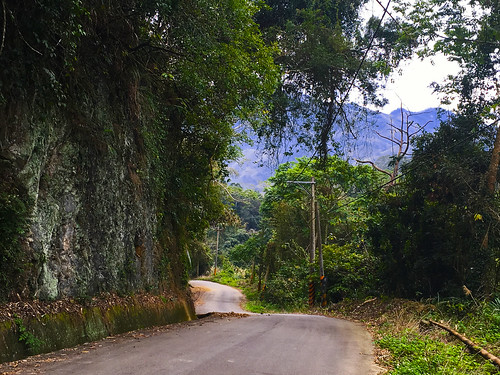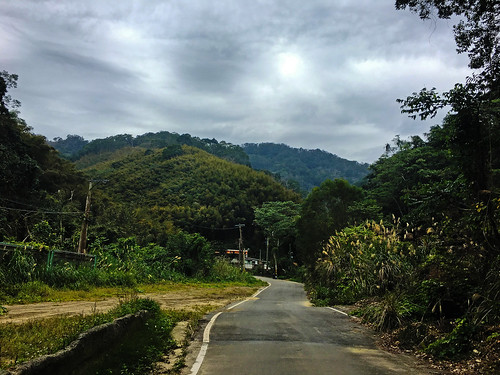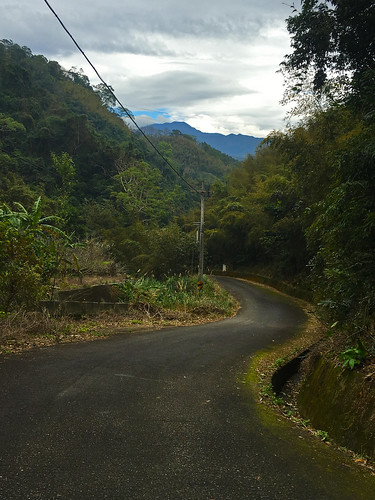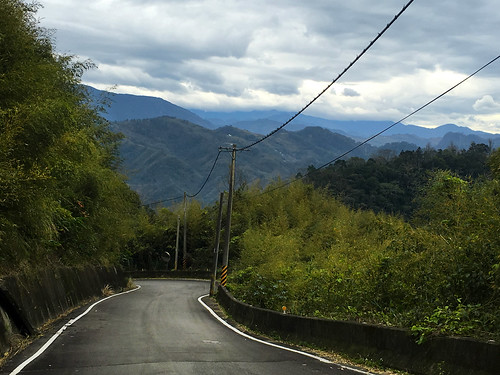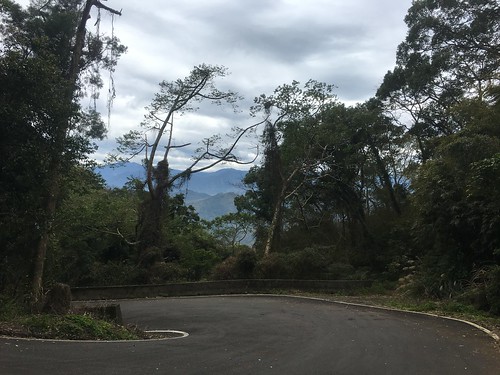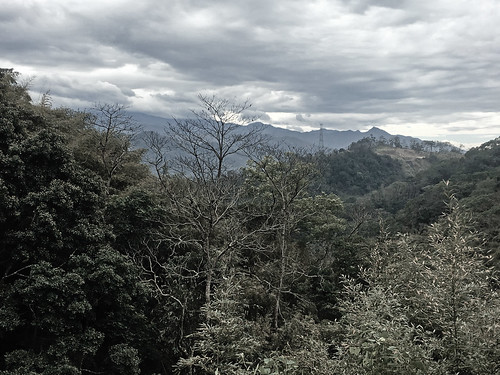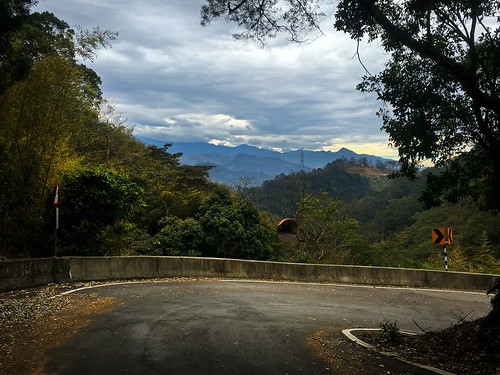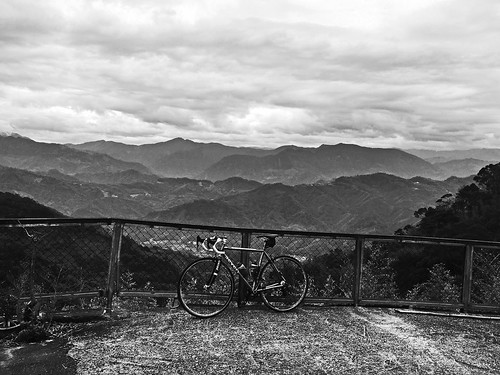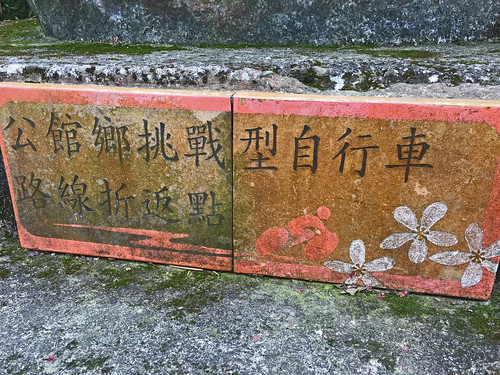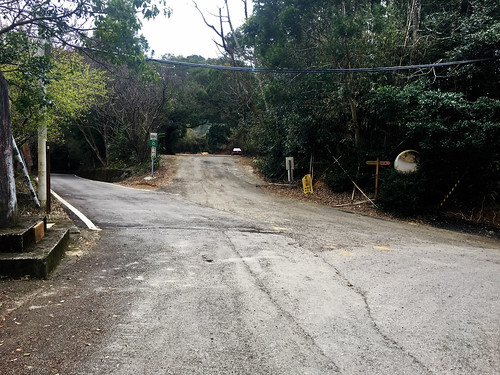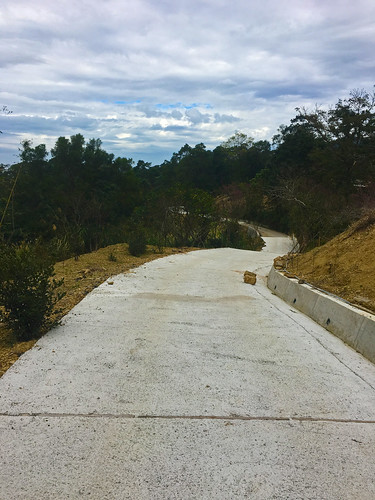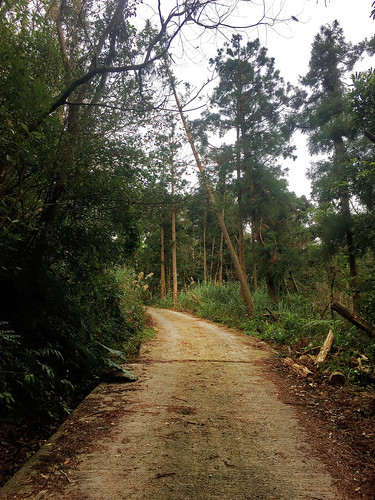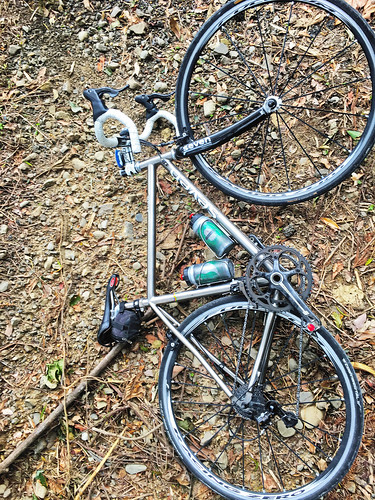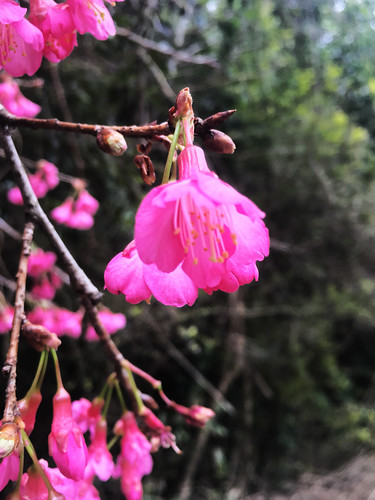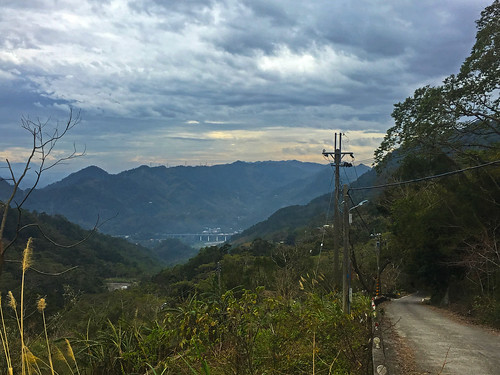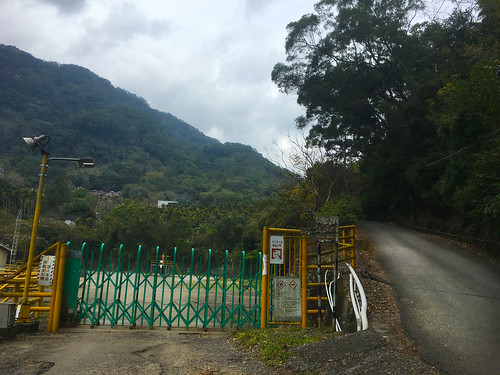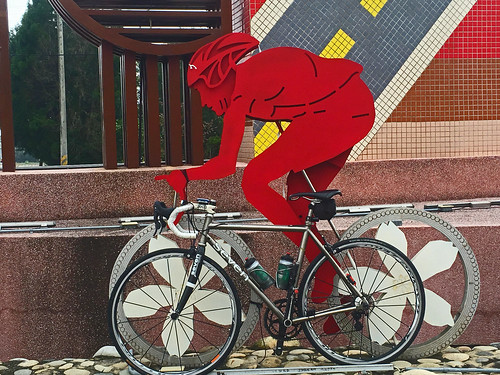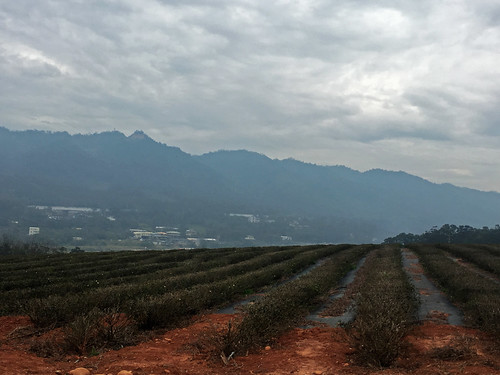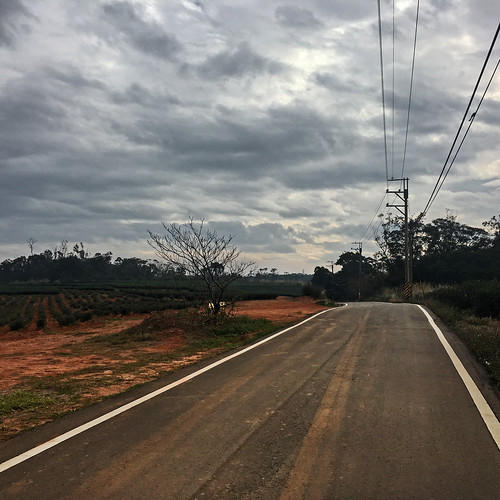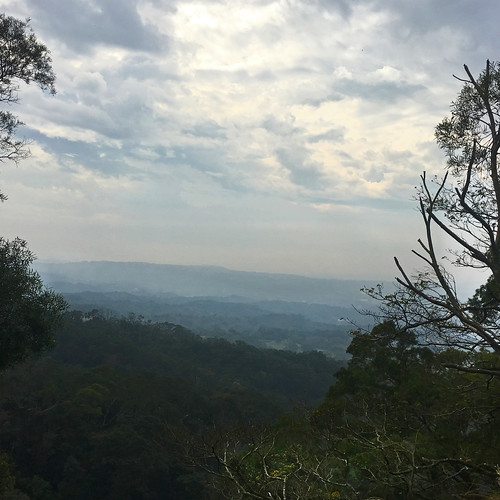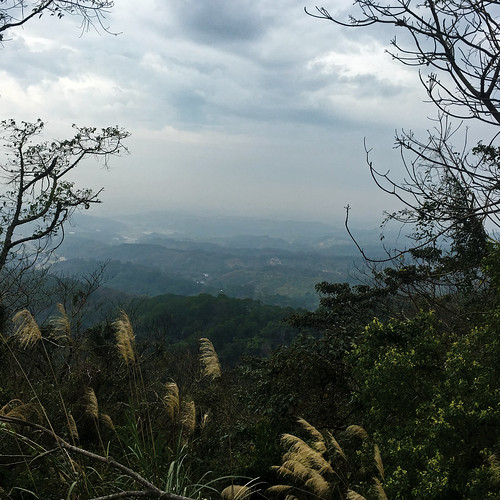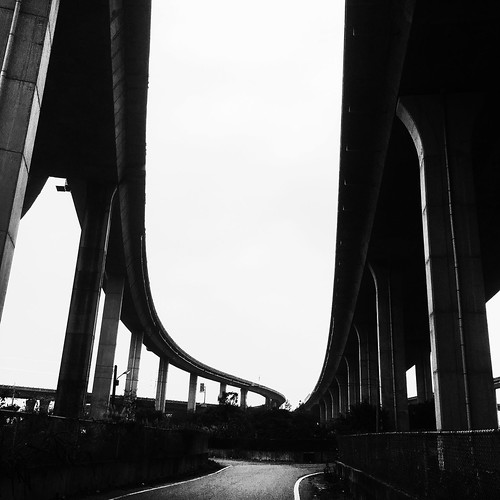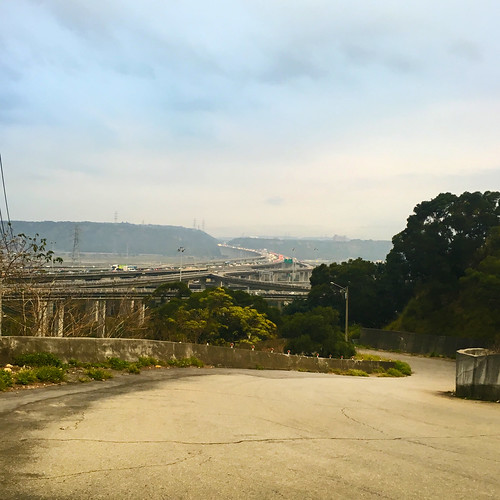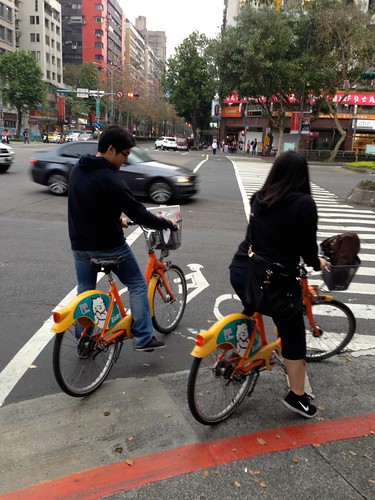
For the next couple of weeks a lot of attention will be focused on Taipei and cycling in Taiwan. In the lead up to Velo-city Global, Taipei Cycle and the Tour de Taiwan, Star2.com takes a look at the development of Taipei into a cycling friendly city.
The piece is a pretty lengthy piece that looks into the recent developments in infrastructure development. You can read the whole thing HERE and come to your own conclusions.
Here are a few items of note:
The article attempts to link Taipei's hosting of Velo-city Global as validation of Taipei's recent development.
When Taipei won its bid to become the first Asian city to host the premier cycling conference Velo-City Global 2016, YouBike’s success was credited as one of the main factors.
A 2014 report by European Cyclists’ Federation on Taipei’s cycling achievement noted that cycling mode share (percentage of total trips done by bicycle) in Taipei is up 30%. It now stands at 5.5%, a figure yet to be matched by many European capital cities (in cycling utopias like Copenhagen and Amsterdam, however, bikes account for more than 50% of trips in the cities). The usage figure for YouBike matches the world’s best, and women make up 50% of the cycling population – a gauge of the city’s cycle-friendliness.This is interesting seeing as of 2013, Kevin Mayne, the director of the European Cyclists' Federation (ECF), the organization responsible for Velo-cities Global, was quite critical of Taipei's efforts. I wrote about it at the time and had this to say (Full Post) :
According to the report:
Mayne's observations and recommendations came amid the opening of the 2013 Taipei Cycle bicycle expo in Nangang.
Mayne's stinging criticism underscores what many cyclists in Taiwan have understood for a long time. The solutions are there, but the political will is not.
Cities friendly toward cyclists usually have speed limits of below 30 kilometers per hour, he said, citing German and Dutch cities as examples.
He said the bike-sharing system in Paris, for example, offered 15,000 bikes when it was first launched, while Taipei's bike-sharing system, Youbike, currently offers only 1500.
Mayne's observations are welcome words to cycling advocates as he knowingly, or not, shines a light on the fact that much of Taiwan's trouble in realizing its own ad copy comes from the fact that cycling and cycling infrastructure is often deployed by opportunistic politicians to score cheap points or direct public funds into politically advantageous locations. There is no wide-spread commitment to cycling beyond tourism. Much of what has been built is simply for show with little concern for function.
"Taipei, March 20 (CNA) Taiwan needs to lower its speed limits and allocate more space for cyclists if it hopes to achieve its aim of transforming into a "cycling island," a foreign expert said Wednesday."
Mayne, whose federation consists of national cycling organizations throughout Europe, said speed limits in Taiwan are too high for cars and scooters to coexist with cyclists.
He said lowering speed limits is also a "cheap" solution to building Taiwan into a cycling paradise, as nothing needs to be built. "What you need is political will and enforcement," he added.
Mayne also advised cities in Taiwan to allocate more space for cyclists and to take bolder steps to improve the environment for them, citing New York, Paris, London and Vienna as examples of cities that are currently doing so and upon which Taiwan could model itself.It may be that in the past three years Taipei's infrastructure has greatly expanded beyond Mayne's expectation, or, like other international conferences, Taipei was willing to incur the additional costs of being a host city.
I will concede that You Bike and other bike-share programs have greatly expanded and the bikes are being used. The customers tend to be predominantly students who don't want to ride the bus home from school.Taipei has not reduced speed limits nor provided too much more space for cyclists.
The article continues:
“Before we even talk of putting cycling into the equation, we need to talk about the whole public transport system,” says Dr SK Jason Chang, the director of Public Transport Research Center and Professor of Transport Systems at National Taiwan University.
In short, for bike-share systems to work and to encourage commuters to cycle the first or last mile of their journey, they need to be able to transfer seamlessly between the various modes of public transport.
A strong support from the central government and collaboration with the bicycle manufacturing industry are also vital ingredients for the scheme to work, Chang added. The city government forked out funding for the bike-share infrastructure and Giant Manufacturing Company designed and supplied the bicycles, and operates the scheme. Taiwan’s Environmental Protection Administration (EPA) subsidised the first 30-minute rental for the bikes.As for being part of the solution, therein also lies part of the problem. The government tends to rely almost solely on industry to provide benefits for its citizens, while the industrial actors do not serve citizens, but rather, a board of directors and their shareholders. There is too much potential for tax dollars to be used less efficiently when being directed by a private bicycle company that is seeking to maximize profits.
To date, most of the advocacy work has been led by Cycling Lifestyle Foundation, a semi-commercial organisation funded by Giant – the world’s largest bike manufacturer by revenue. Based on Giant founder King Liu’s vision: “to promote cycling as part of our lifestyle,” the Foundation works closely with government and policy makers to promote cycling as a mode of recreation and sustainable transport.It is troubling that Giant, the company that has been tapped to direct several You Bike programs, including the program in Taipei, has been allowed so much leverage in creating a system that works to secure exclusive, markets for Giant products and bends the consumer to the options provided by this one company. Giant's founder and nominal president, King Liu, also served as a special advisor to Taiwan's President Ma Ying-jiu. This wouldn't the the first time we have seen Giant involving itself in national policies that have impacted society as a whole. Giant's CEO, Tony Lo was publicly involved in pushing for the passage of Taiwan's disastrous ECFA agreement with China; an agreement that has flooded Taiwan with Chinese imports with nothing even close for exports to China. But I digress.
And so, a private company that has high-level representatives working in the Ma administration, and large interests outside of Taiwan, is the largest advocate for cycling in Taiwan. They might as well design public bike paths that lead directly to Giant retail outlets...or has that already happened?
It should be noted that Mr. Cheng, the expert cited for this article, has served as an advisor to Mayors Ma Ying-jou and Hau Lung-bin to tackle the transportation problems of Taipei. The article continues to draw in some questionable politics from Mr. Cheng's narrative as it continues:
When President Mayor Ma Ying-jeou was elected into office in 2008, he announced a NTD30bil (RM3.7mil) funding for Energy Savings Emission Reduction Policy, which triggered a boom in green transportation and cycling became all the rage.
“All these combined factors made the bike-share programme take off,” says Chang.
.......
When then Taipei Mayor Hau Lung-bin wanted to initiate the pilot bike-share programme in Taipei, the Foundation sent an entourage of Giant bike technicians and Yang to Paris to learn about the Vélib bike-share scheme in 2008. Over the years, the Foundation has invited government officers on all-expense paid study trips abroad (cough!) to check out best cycling practices.
“Now that recreational cycling is well established, we are promoting cycling commuting to complete the last piece of the puzzle,” says Yang who has the ear of the city and central governments. “We need more bicycle paths in the city so more people will be willing to commute by bicycle. More cyclists mean safer streets and less traffic accidents.”What Mr. Chang should have said was that Taiwan's Energy Savings and Emissions Reduction Policy have improved in spite of Ma Ying-jiu's policies. Most of the forward motion we have seen has been the culmination of external factors, prior programs and the reaction, in the case of the scrapping of the 4th nuclear power plant, to widespread public disapproval. As of this writing, most of Ma's proposals have not been completed or have been negated by energy intensive industrial policies, while renewables have been chided by Taipower, the EPA and the government as being unreliable as they look for more excuses to build large concrete power plants that are easier to use as political bait for embedded interests.
Moreover, Hau Lung-bin was responsible for the NT$60million debacle of a bicycle lane on Dunhua S. Rd. which smacked of patron politics. The Dunhua bike lane was removed at tremendous cost.
For the past several years Taipei has concentrated spending on leisure bike trails and opportunities for tourism without addressing the immediate interests of the city.
Taipei's current mayor has recently come under fire for the city's traffic congestion, due, in part, to his initiative to construct a grid of bicycle lanes throughout the city-- a move which may be politically costly, but far more effective than prior initiatives.
Probably, one of the greatest unaddressed issues may be the inability for the government to reign in the cost of housing, forcing people into longer commutes at greater distances. Although the use of motorcycles has dropped with the implementation of rail lines, single automobile use has actually risen to 3512 for every 10,000 residents.
Environmentally, Taiwan, with its resources in technology development should be miles ahead. But it is not.
What made the bike share scheme take off was when the city purchased higher volumes of bicycles from Giant, but the issue is to be sure those bikes are replacing motor vehicles.
After sugar-coating the situation in Taipei, the article continues with some revealing criticism.
In a recent survey by the DOT on cycling safety, nearly 40% of pedestrians complained about cyclists who ride on arcades (five foot way) or sidewalks, and 20% of respondents abhor cyclists who weave in and out of traffic or ride outside of designated cycling lanes.
“Our population is dense, we just don’t have enough room to accommodate infrastructures for different modes of transport. People have to learn to respect and live harmoniously with each other,” admits Commissioner Chung. Taipei has 2.7million people living within a 271.79sqkm space, with a population density of 9,944 residents per sqkm (Kuala Lumpur’s population density is 6,890 people per sqkm).
“We will continue to run campaigns to educate people about respecting each other’s right of way and road safety.”
One of the city’s main priorities is to reduce the number of cars and motorcycles on the road, Chung said.
“Our vision for Taipei city is zero traffic death,” adds Chung, whose preferred mode of transport is YouBike and she doesn’t own a car or motorcycle.
In Taipei and the metropolitan areas, motorcycles outnumber cars (about 3.1million motorcycles versus 1.5million cars by the end of 2014) and account for 54.1% of total traffic fatality within Taipei city. Over the years, the city has reduced parking spaces for motorcycles, eradicated free parking for cars and widened the sidewalks for pedestrians and bike lanes.Successful, Taipei in not.
So, what are some things Taipei can do to live up to its wish to become the capital of a "bicycle kingdom"?
- Bicycle racks on every city bus. This is common in many countries and a system I grew up with, but not in Taiwan.
- Bike storage on EVERY train. Currently, there is a complicated system for transporting bikes on trains that is little understood by everyone involved, including TRA employees. Trains with a bike car do not run at convenient intervals. Cyclists on trains should receive an incentivized priority and not be treated as a problem.
- Safe bicycle storage throughout the city. You Bike solves part of this problem, but for riders with their own commenting set-up, there is nowhere safe to lock a bike for the day.
- Reduce speed limits and enforce traffic laws regularly and evenly. Keep cyclists safe.
- Make bicycle education a part of driver training programs. (I know... sigh...)
- Separate bicycles from other traffic. Bicycle space could easily be created by clearing the sidewalks for pedestrians to travel. Any parent immediately understands the challenge of safely pushing a stroller down the occupied public sidewalks. These obstructions push pedestrians and bikes into conflict. There is space, the city just has to create it.
- Suspend funding for leisure trails until a higher standard in met within the city.
- Adopt stricter regulations on industrial emissions and rapidly invest in renewables to phase out the heavily polluting coal fired power plants for cleaner, safer air quality to make cycling outdoors a healthful experience.

